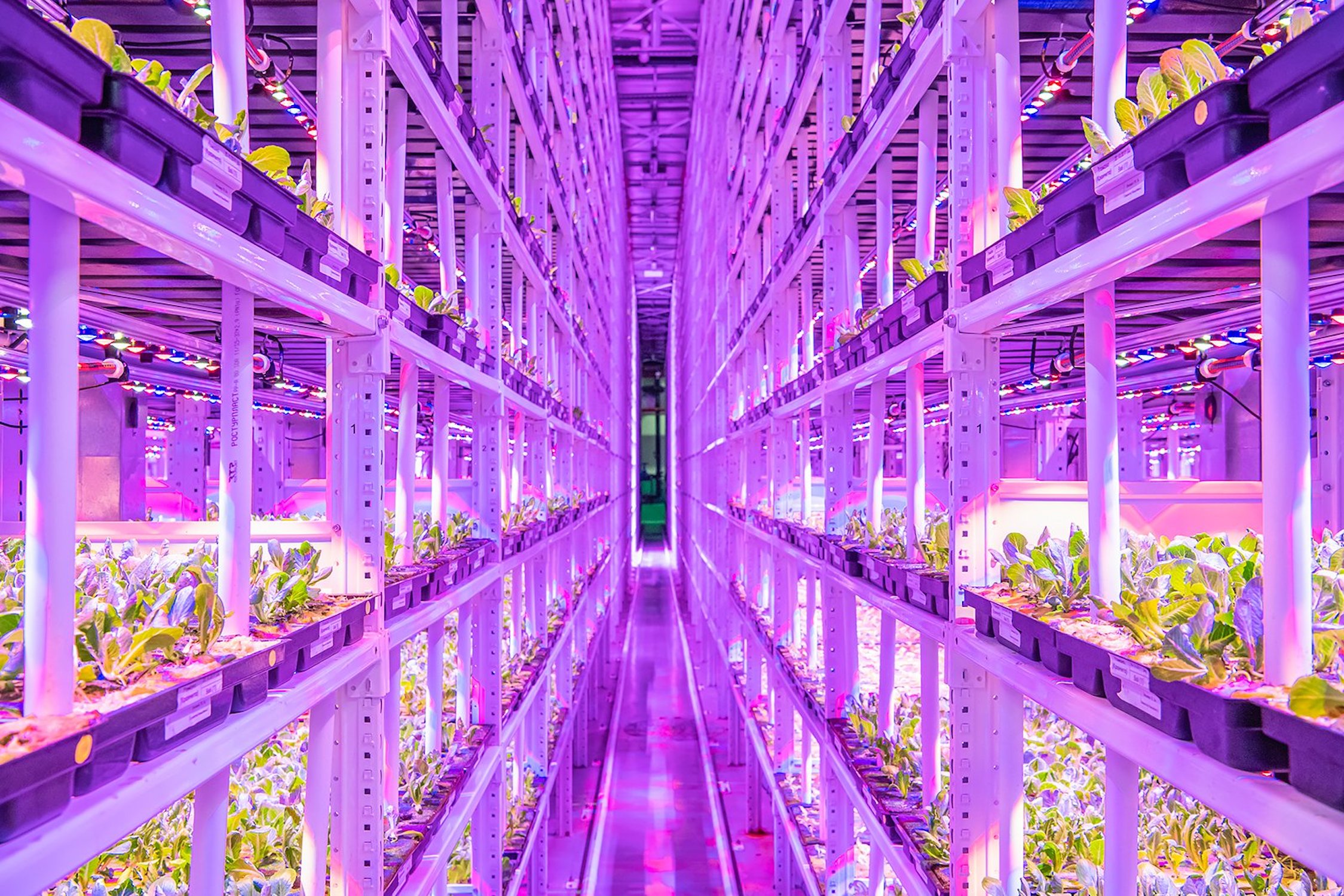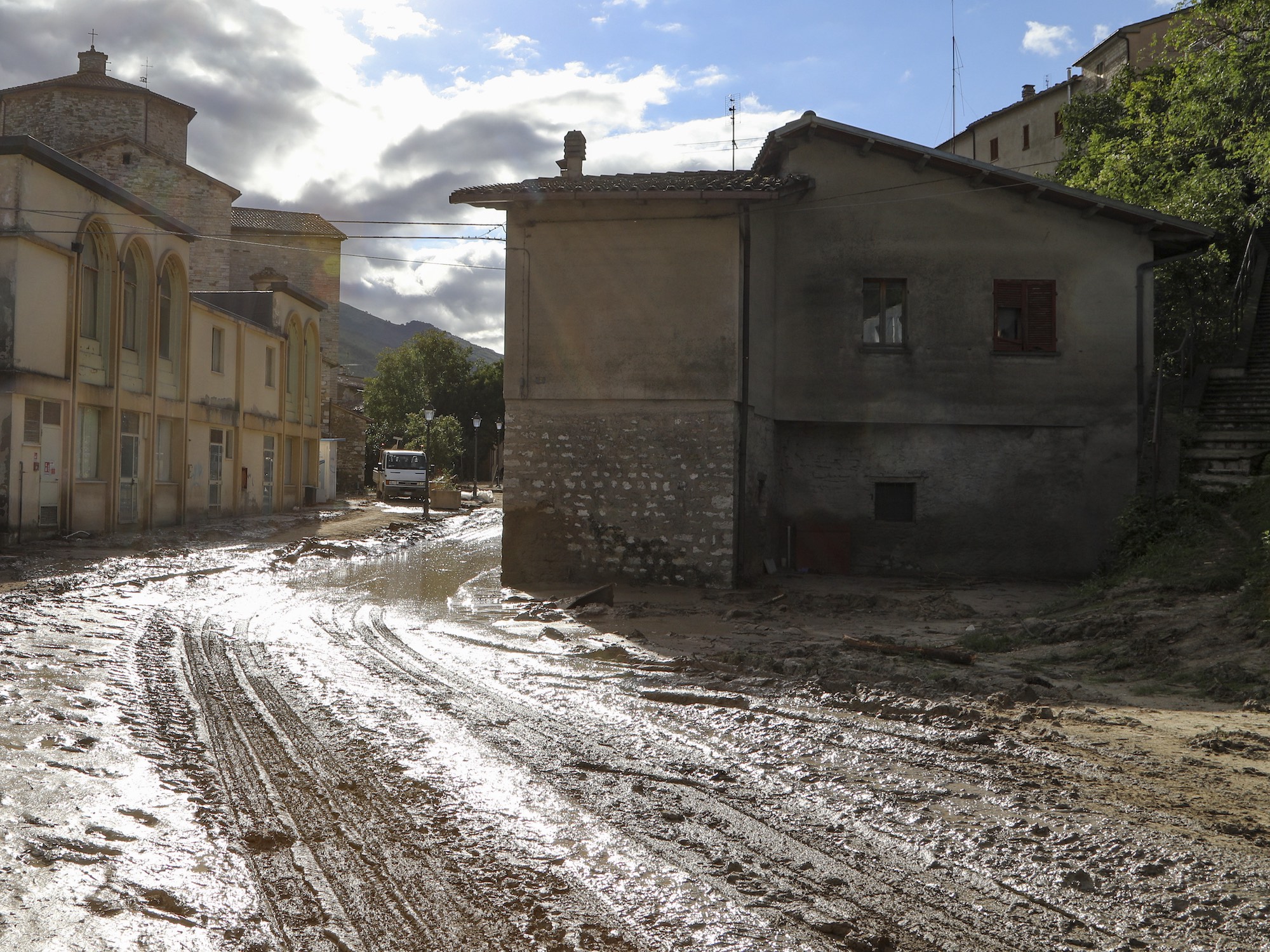The current health crisis has brought a wave of concern that our financial system is not prepared to deal with future shocks such as the climate one. Financial interventions need to look at how to address short-term health and economic urgencies linked to the pandemic whilst thinking about the climate crisis so as to design a resilient and green recovery. On 10 July climate policy experts, senior representatives of financial institutions and sustainable finance specialists joined in a webinar, coordinated by RFF-CMCC European Institute on Economics and the Environment (EIEE), to discuss some of the key ways in which green finance can foster climate-resilient post-COVID-19 recovery.
Not only is the current health crisis a challenge but it is also an opportunity to implement sustainable pathways. However, there is also a danger that responding to our urgent and short-term social necessities can lock future development into long-term unsustainable models that would make reaching the Paris Agreement’s objectives impossible. Climate scientists and economists are asking the question of whether recovery will lead to more carbon-intensive infrastructure and climate risk and how climate finance will play a key role in reconstruction. Good policy, transparency, access to information through adequate disclosure and ensuring that the “do no significant harm” principle is applied are the order of the day.
Mainstreaming climate action into regular decision making is the need of the day
Climate finance
When talking about how to shape the future it is essential to talk about finance and in particular climate finance. “In order to build better after the crisis we need to respond as an international community and finance is the cornerstone for making this happen”, explains Barbara Buchner, Global Managing Director and Executive Director of Climate Finance at Climate Policy Initiative. In fact, reconstruction will require significant investments so as to achieve an economy by transformation. However, initial research on the scale of current investments is worrying to say the least.
Bloomberg reveals that green finance measures have amounted to less than 0.2% of COVID-19 stimulus spending as per the world’s 50 largest economies to date. Over the next 18 months, it is predicted that there will be anywhere between 10 to 20 trillion USD spent on recovery strategies. This is a massive opportunity that can “boost GDP and also lay the foundations for healthy and inclusive long term prosperity. Mainstreaming climate action into regular decision making is the need of the day”, stresses Buchner.
Effective policy measures are needed to direct this inflow of investments so that they focus on resilient and sustainable recovery rather than short term fixes that set us on long-term trajectories that are not consistent with climate objectives. In particular, reforming fossil fuel subsidies and implementing green budgeting in government recovery tool kits is required.
So far countries have had a mixed approach, making it hard to determine just how much money is being allocated to climate solutions. The US Senate passed a 2.2 trillion USD package in March which was completely devoid of environmental prioritise. In contrast, China has published a series of strong energy efficient infrastructure goals whilst at the same time implementing regulation that favours coal energy development. The most promising set of initiatives is coming from Europe with the European Union’s executive branch revealing a €750 billion ($826 billion) stimulus plan which holds environmental goals as a priority and could lead to €100 billion for reaching net zero emissions by 2050.
We need disruptive innovative approaches that can help achieve climate action and economic recovery
Be inclusive
As we witness unprecedented new record-breaking levels of deforestation it is important to remember that climate finance is not just about economic recovery in developed nations. A large part of climate finance will depend on addressing these issues in development contexts. “Development finance is key”, states Buchner, who also suggests various tools such as “debt for climate swaps, with policies that could accelerate resilient net-zero pathways that unite public and private sectors for increased effectiveness.” Inclusiveness is therefore not just a moral prerogative but an essential part of long term sustainable development goals.
Establishing systemic solutions rather than ad hoc measures will determine the future of inclusive and sustainable development. “We have a window to rebuild our world for a more inclusive resilient and sustainable future, not doing so would pose a significant threat to sustainable recovery. We need disruptive innovative approaches that can help achieve climate action and economic recovery”, concludes Buchner.
Taking advantage of low prices for oil and other fossil fuels provides an opportunity to phase them out and bring in carbon taxes
Monetary financial institutions need more information
Although the role of lawmakers and officials is more obvious and readily subject to public scrutiny, financial monetary institutions can also make a significant difference. How central banks contribute to recovery processes, taking on a dual role of facilitating recovery processes and fostering dialogue, is important. “Taking advantage of low prices for oil and other fossil fuels provides an opportunity to phase them out and bring in carbon taxes. The idea is to jump-start the financial sector”, states Ivan Faiella, Senior Economist at the Bank of Italy.
However, Faiella also explains how this will revolve around gaining access to adequate information so as to create the right context for decision-making processes. “Sometimes we are lacking basic information and we need to get statistical agencies on board. For example, regarding energy expenditure of households and firms, which will be key if we are to evaluate the effects of carbon taxation on competitiveness and financial vulnerability of households”, claims Faiella.
Gaining such information and making sure that it is applied also revolves around the economic forecasting models being used. Ensuring that economic models are connected to the potential effects of climate change in terms of physical or transitional risks emerges as a priority. Central banks can help establish these links and they have the power to increase awareness whilst at the same time supervise other financial actors.
Finally, although central banks such as the ECB usually take a hands-off approach shying away from direct intervention in the market, it is also clear that “market neutrality is not aligned with carbon neutrality so although the ECB usually tries not to intervene with the market it is time to do something. We need to work together and align our priorities”, explains Faiella.
Do no significant harm: when you do something that helps achieve a specific goal you must also ensure that what you are doing doesn’t damage other objectives significantly
Do no significant harm
Many expect the COVID-19 crisis to shift the focus of government policy and finance towards short term social issues. Although this is an absolute priority, governments are also understanding the interconnectedness of the COVID-19 and environmental crisis. Some have gone as far as to link the two issues directly, implementing recovery strategies that are interconnected with environmental sustainability. “In Canada, the government has linked the access to funds for bailing out businesses facing liquidity problems due to COVID-19 to disclosures from these businesses against the Task Force on Climate-related Financial Disclosures”, explains Sara Lovisolo, Group Sustainability Manager at the London Stock Exchange Group. By linking disclosure with recovery packages governments can use financial tools to address climate change and COVID-19 recovery at the same time.
A central facet is that of applying “the principle of do no significant harm, which states that when you do something that helps achieve a specific goal you must also ensure that what you are doing doesn’t damage other objectives significantly”, explains Lovisolo. Therefore, sustainable investments in COVID-19 recovery must be assessed against the backdrop of what their impact will be on environmental objectives or the circular economy. “There is a shift from an approach based on financial stability to an impact approach which includes the do no significant harm principle”, continues Lovisolo.
Implementing an impact approach that considers the do no significant harm principle is also dependent on transparency and access to information. Lovisolo explains how financial disclosures will play a fundamental role in this regard and that the next generation of disclosures in the financial sector must move on from sector-specific approaches to a new series that include core environmental and social objectives that are not to be affected by any given investment.






